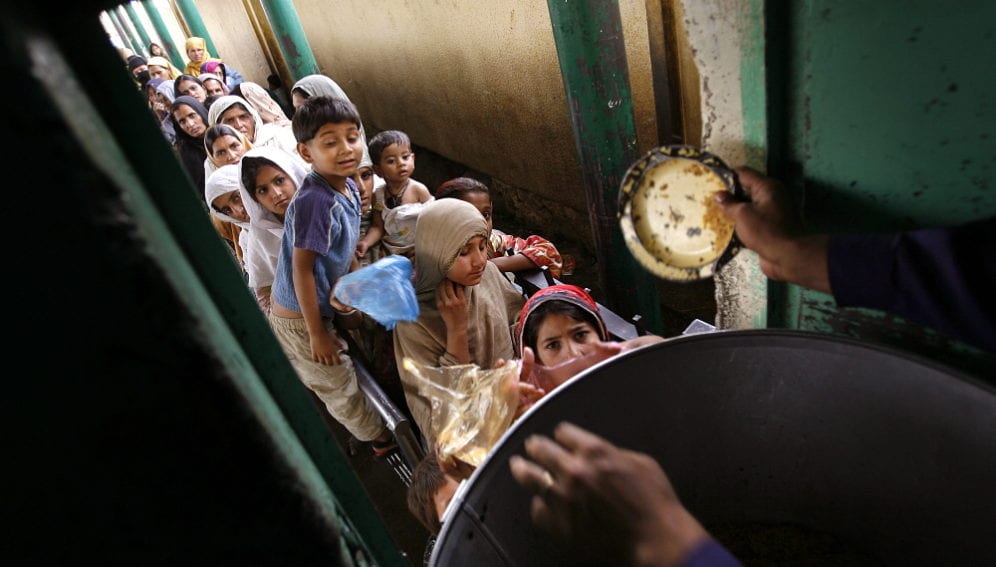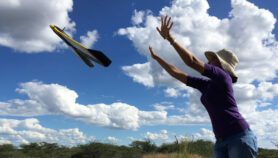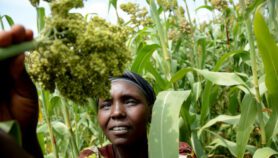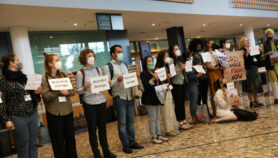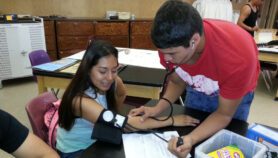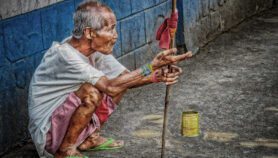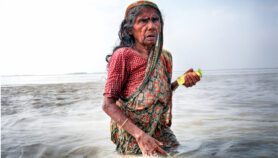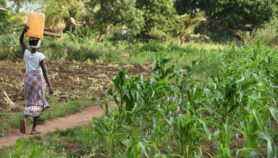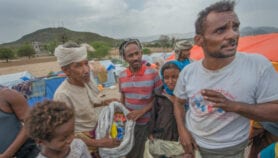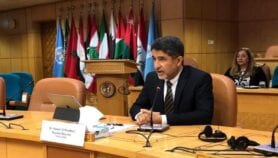Send to a friend
The details you provide on this page will not be used to send unsolicited email, and will not be sold to a 3rd party. See privacy policy.
A common way of measuring resilience is urgently needed to hold the numerous aid agencies using the concept in their work to account, according to an expert group due to release guidelines on how to do so this month.
The term ‘resilience’ is used to describe a community’s capacity to respond to external shocks and stresses. It has become the central focus for most development organisations in recent years, according to Christophe Béné, a researcher at UK research charity the Institute of Development Studies.
He belongs to the technical working group set up last year under the Food Security Information Network, an initiative hosted by the UN’s World Food Programme, to develop a common ‘resilience index’ for use in food security projects.
The group’s work is part of a broader effort within research circles to define standardised measurements for resilience amid ongoing debate about what constitutes resilience and how to best assess it, says Béné.
“We need to be able to demonstrate that all these interventions have actually positively changed the lives of people.”
Christophe Béné, Institute of Development Studies
Resilience “has become very influential and some large NGOs have restructured their whole programmes around the concept,” he says.
But the lack of consensus means there is no set way to check whether all these programmes are achieving their objectives, he explains.
“A lot of development activities have been implemented without a common set of indicators that would allow organisations to assess and compare their interventions down the road,” he says. “It’s a big problem to play around with communities’ livelihoods in the name of resilience without having a way to demonstrate what resilience actually is. We need to be able to demonstrate that all these interventions have actually positively changed the lives of people.”
Despite the uncertainty around resilience, the concept has assisted development agendas because it considers how people can respond to unpredictable stresses such as extreme weather events, which is vital in the context of climate change, says Béné.
But because they lack agreed standards, most NGOs have been developing their own resilience indices — generally using indicators such as household income, nutrition or education levels coupled with contextual information such as climate data — to suit their own agendas, according to Tim Frankenberger, president of NGO consultancy TANGO and another member of the working group.
This is problematic because poorly chosen indicators can skew results and the lack of standardised measurements can make it difficult — if not impossible — to compare results, explains Frankenberger.
“There are various kinds of indices out there right now, but there’s a movement towards convergence and hopefully pretty soon they will all start looking alike,” he says.
A common approach will improve transparency for the taxpayers who help to fund resilience-focused aid work and the communities exposed, without much consultation, to this shift in aid agenda, says Béné.


